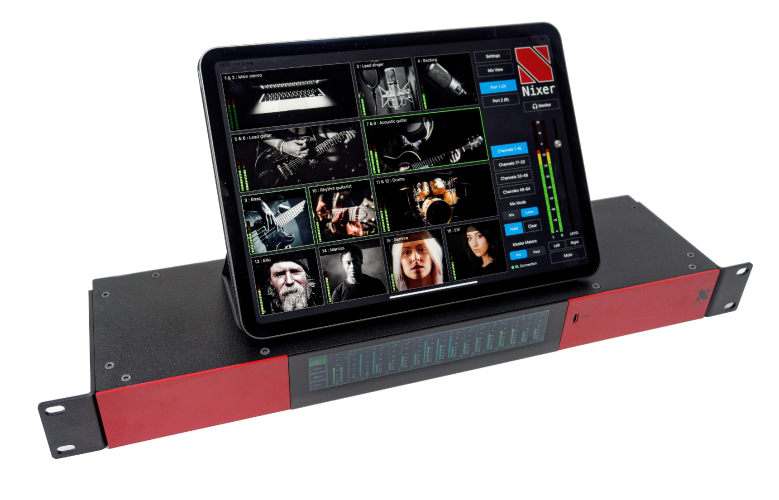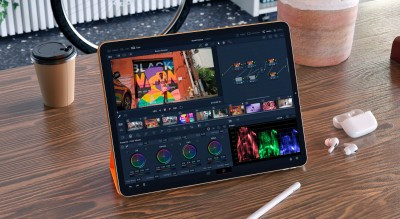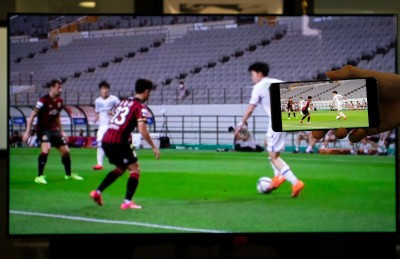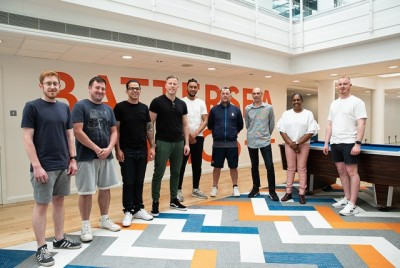Can second-screen apps really add value to the broadcast product

Author: Kieron Seth#
Published 1st August 2011
As today’s consumers watch television, many of them are engaging with media through multiple devices at once. In fact, some studies indicate that as much as 50 percent of television viewers are regularly online as they watch. They are posting and tweeting on social networking sites, checking movie and actor facts on sites such as IMDB, and even visiting the broadcaster’s website.
This strong trend in multi-screen media consumption offers broadcasters a new commercial opportunity – but only if those broadcasters have the tools to enrich the online experience and make it even more relevant to the broadcast product being watched. With ad revenues under pressure and with online advertising and other outlets increase in popularity, broadcasters are in need of a way to sell targeted and relevant services for the online advertising and sales market.
Attempting to take advantage of this new ad model, some broadcasters have written apps designed specifically for particular television shows. Others have leveraged new audio technologies and custom apps to identify what a person is watching and to provide relevant information. While these approaches tackled some key aspects of enriching the viewing experience with online content, they remained relatively crude in their design and efficacy.
Constrained by dependence on preset schedules, many of these apps have been unable to adapt to live programming – including the most popular music, game, and entertainment programs in which live performances are so critical –or to accommodate the dynamic insertion of commercial breaks. Such programming doesn’t allow the broadcaster to build a playlist of rich and relevant information in advance.
Unable to provide rich information on a scene-by-scene basis or to adapt smoothly to changes in the live broadcast schedule, early solutions for linking programming with online advertising were limited in the value they could bring to viewers and, as a result, to advertisers. It was virtually impossible to assure, for example, that the correct production information would be supplied in real-time with an ad separating two segments of a live program. This deficit in real-time flexibility has left broadcasters looking for more responsive and sophisticated solutions.
The cost to broadcasters in terms of development and maintenance also undermined these applications’ overall contribution to the bottom line. In some cases, the design of the application continues to drive the majority of revenues to other service providers. For example, those solutions that have depended on SMS for interactivity – such as voting and polling – typically split SMS revenues with 70 percent going to the telco or carrier and just 30 percent going to the broadcaster that actually provides content.
Working with The Application Store (TAS), Snell has addressed these issues by integrating its Morpheus automation system with “second-screen” apps on iPad® tablets and mobile platforms. In addition to facilitating delivery of content to media consumers’ television screens, Morpheus also allows broadcasters to extend the experience onto a second device. On this device, complementary interactive content not only drives up interest in programming and opens the door to higher revenues through polls and such, but also enables the broadcaster to sell new forms of highly targeted advertising.
Driving essential metadata within the TAS Screentoo app, Morpheus supplies the real-time data essential to maintaining synchronicity between the primary broadcast and interactive and timeline-sensitive elements displayed on the tablet or similar device. Equally important, the Snell system also offers the volume and granularity of information required by second-screen apps such as Screentoo. The automation system makes this synchronicity between the mobile application and the television broadcast possible by supporting rich secondary-event metadata with an unusual degree of sophistication.
In the model established by TAS, media and broadcast organizations distribute the Screentoo app as their own branded application, through which they provide services such as voting, polls, chat, and e-commerce related to and customized for a specific show or channel. The very accurately timed metadata provided by Morpheus enables the Screentoo app to provide the consumer with options that correspond directly to events within the primary broadcast.
Metadata about both the program and program contents allow the Screentoo app to trigger targeted advertising, provide information about a character or actor in the show, or launch a viewer poll. Viewers can vote, enter competitions, participate in quizzes, and purchase items.
The fact that Screentoo has an integrated e-commerce backend means that it’s easy for broadcasters to offer a variety of microfinancial services as part of the integrated service they offer. The ability to link through to other websites expands the commercial aspect of this model, yielding opportunities for product placement that’s connected directly to the manufacturer or vendor’s online presence and shopping interface.
The integration of advanced automation technology with second-screen apps has brought greater versatility and better quality to delivery of multi-screen media content. With robust metadata driving complementary content in real time, broadcasters are positioned monetize their content cost-effectively and to generate new advertising revenues from premium interactions.
Neil Maycock currently serves as Chief Architect at Snell, a leading innovator in digital media technology offering broadcasters and global media companies a comprehensive range of solutions to create, better manage, and streamline the distribution of content for today's multi-screen world. For more information, visit www.snellgroup.com.
























